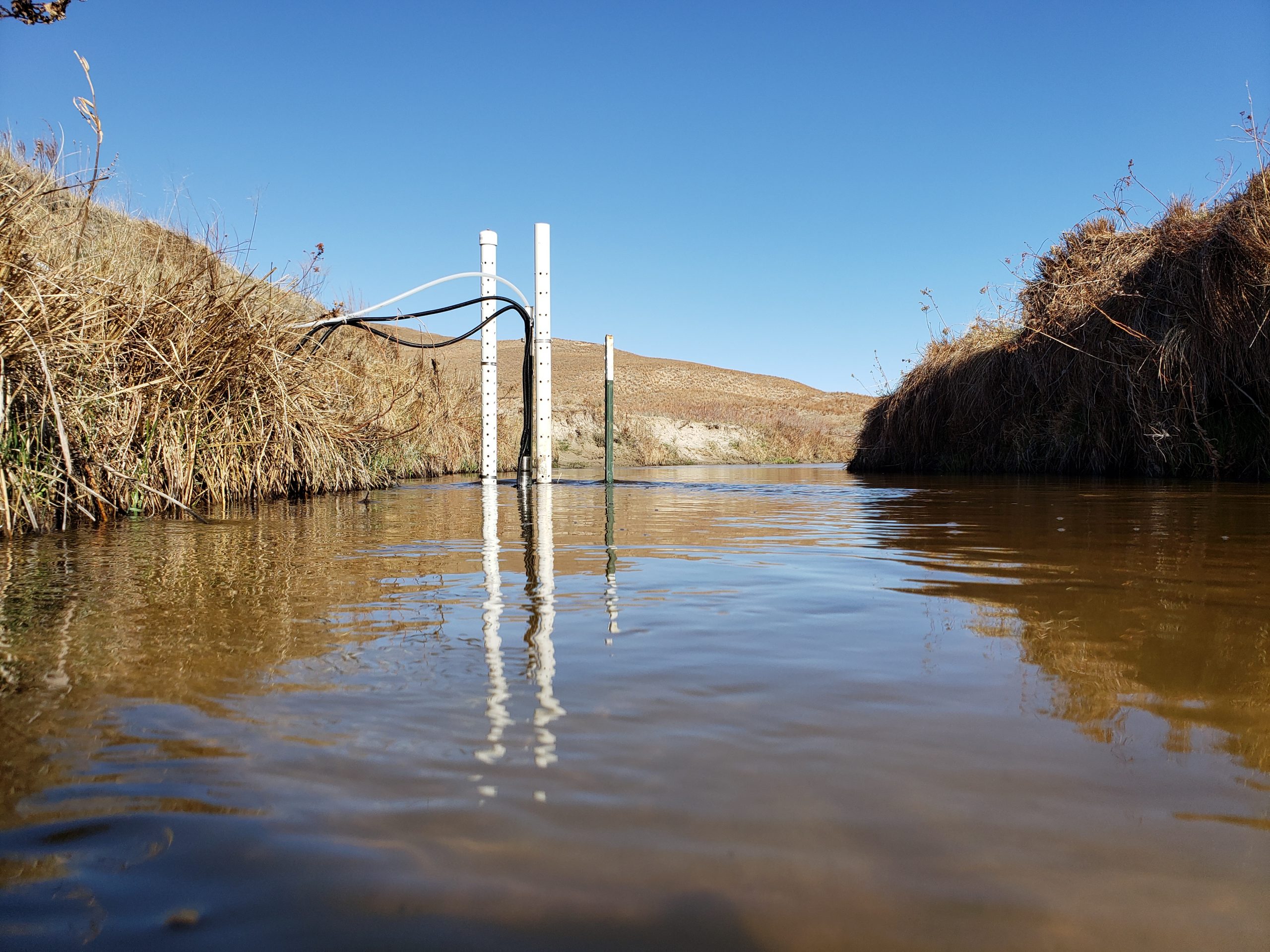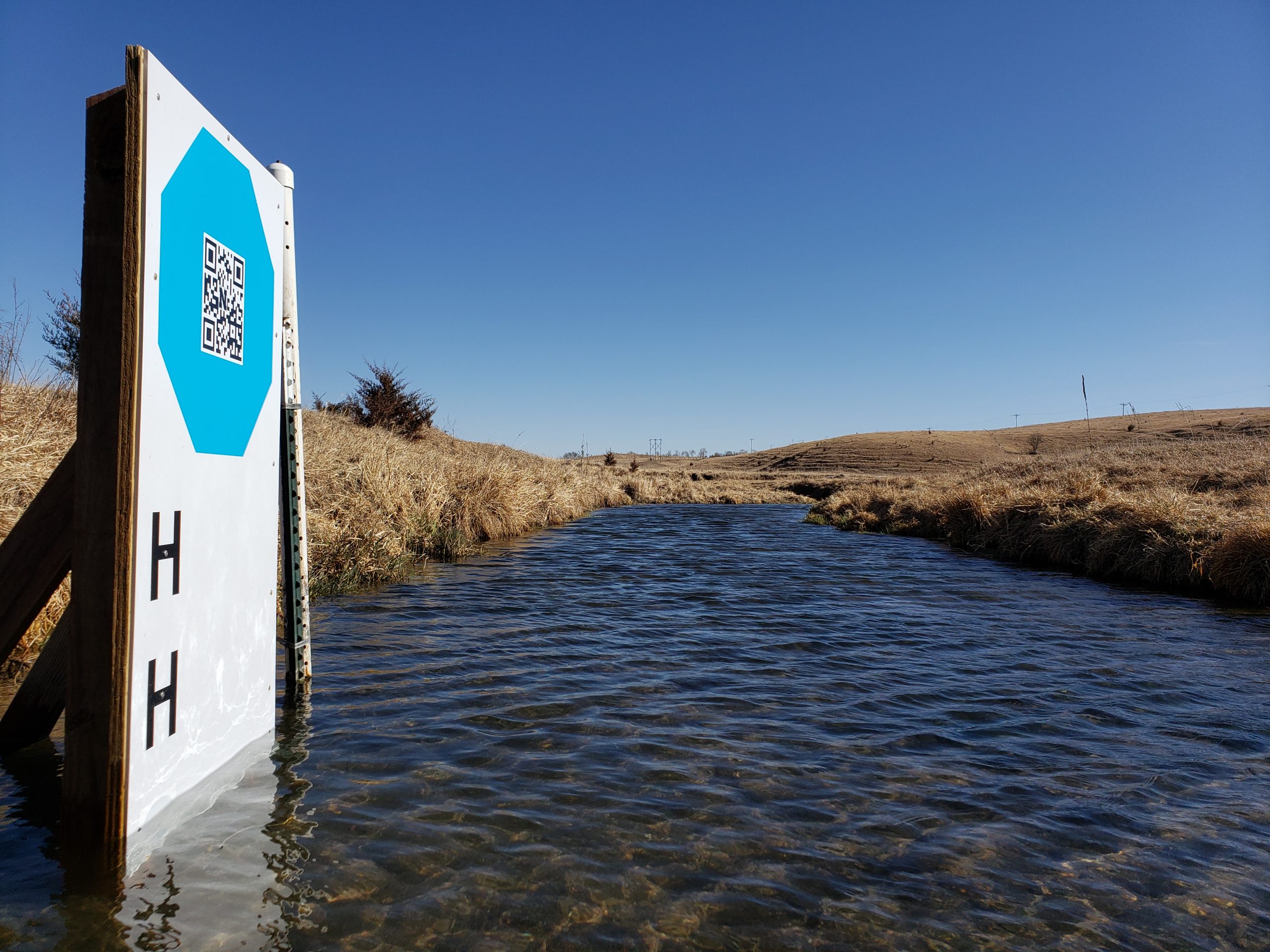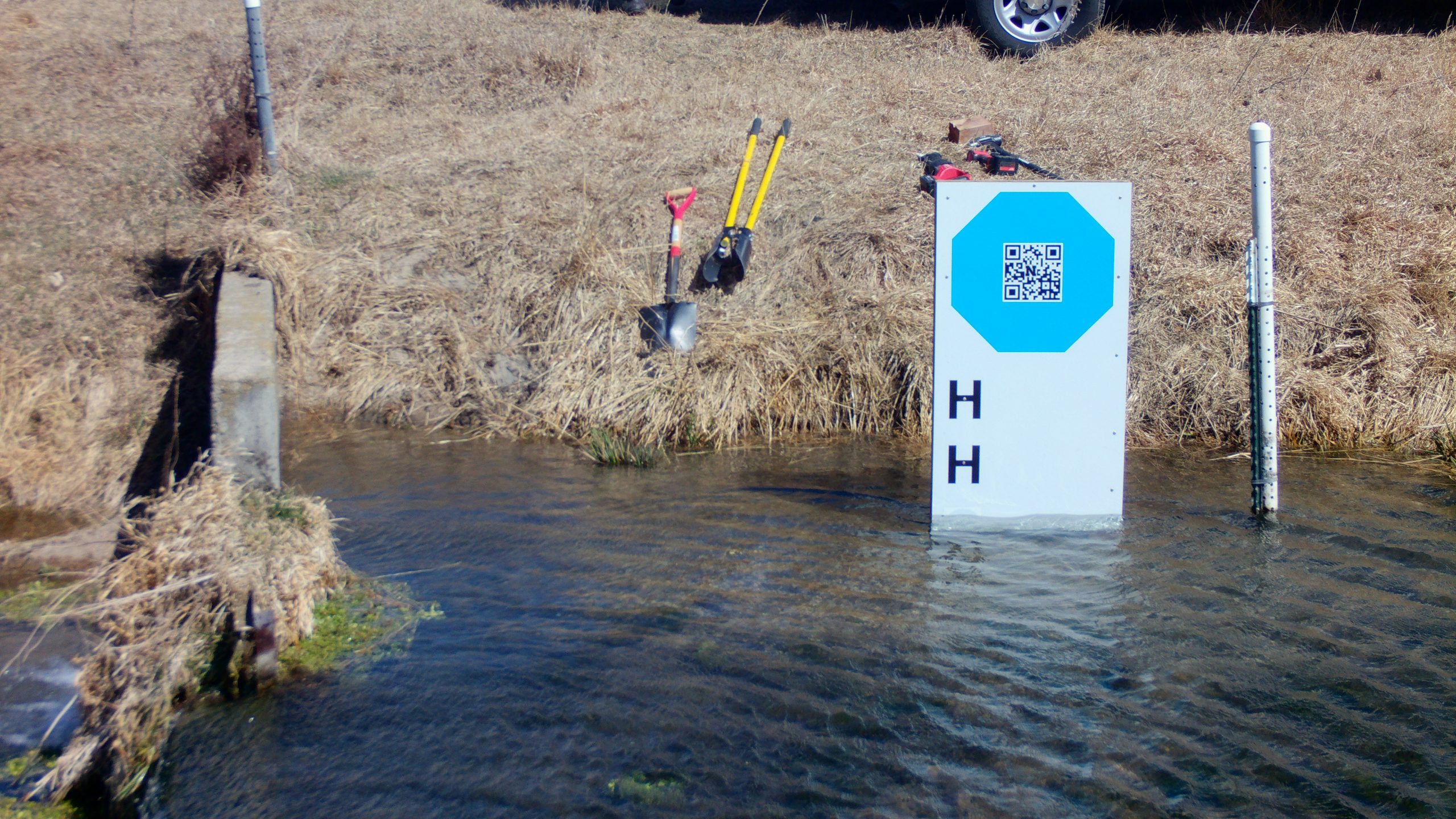Planning ecological and/or hydrological research project using trail cams? If so, you might be wondering about which camera and mounting system to use. We have some ideas. But first, here are some helpful references from groups that have many years of experiences with camera traps and ecohydrological monitoring:
Learn from Andrew Richardson’s account of PhenoCam’s history and lessons learned from operating a large scientific camera network: https://doi.org/10.1016/j.agrformet.2023.109751
Get inspired by Platte Basin Timelapse’ artistic time-lapse camera network, oriented toward conservation storytelling in support of science: https://plattebasintimelapse.com/timelapses/
Explore streams and rivers on the United States Geological Survey’s HIVIS site: https://apps.usgs.gov/hivis/
Honestly, the groups above have more experience installing time-lapse cameras than we do. That said, we have been learning and are happy to share the approach we are now using at stream monitoring sites like the Kearney Outdoor Learning Area (KOLA).
The Camera:
Our current preference is the Reconyx Hyperfire 2 Professional camera.
- Standalone: https://www.reconyx.com/product/hyperfire-2-Professional-covert-ir-camera
- Cellular: https://www.reconyx.com/product/hyperfire-2-cellular-professional-covert-ir-camera
Why “Professional”? These cameras are $60 more than the standard Hyperfire 2. Based on the Reconyx comparison tool, here are key differences.
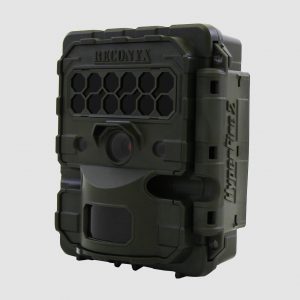
(source: www.reconyx.com)
- Greater range of video length options
- More frame rate options
- More trigger delay options
- Motion sensor scheduling
- More time-lapse intervals and surveillance modes
- Greater range of ISO and nighttime shutter settings
- Higher/lower operating temperatures
- Optional external power connector
- Option for custom focal system
- Optional external trigger
- Software with more options
The Security Enclosure:
A good lock and security enclosure are important for most sites. But we also like the Reconyx security enclosure for another reason: image stability. Minimizing camera movement is one of the most important considerations for effective monitoring! Of course, a security enclosure does not guarantee a perfectly stable camera. But we like the way the enclosure can be mounted in a permanent position and the camera can be removed for maintenance and placed back in the security enclosure without large translational or rotational shifts in the field of view. We have used other cameras and mounting systems where the camera and/or mount has to be loosened or removed when swapping the SD card and/or changing batteries. When we re-attach the camera and/or mount, it’s a guessing game as to whether we’ve returned the camera to a position that captures even a similar field of view.
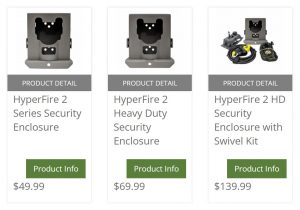
Other Accessories:
- We are just now trying this heavy duty swivel mount: https://www.reconyx.com/product/Heavy-Duty-Swivel-Mount. We have heard good things about it and will update when we have more experience.
- When using lithium AA batteries in a standalone camera, we have long camera run times. We are just getting acquainted with the cellular camera, which obviously requires more power. We have heard good things about Reconyx’s external power supply. It has a nice form factor, but it is pretty simple: a solar panel, charge controller, and replaceable battery. If you’re already great at setting up solar power and/or have the supplies in your lab, maybe you can save a little by doing it yourself. We’ll update here after we have some experience with this power supply: https://www.reconyx.com/product/solar-charger-10-watt.
Things we think you should NOT do:
Pretty please, do not just stick a t-post in the ground and attach a camera. You will get a lot of camera movement and it will make life more difficult when you want to process your images.
Do not just strap a camera on a tree. If you are using a tree and can’t use screws or lag bolts, then securely attach an enclosure (directly, or via swivel mount that is strapped to the tree). If you just strap the camera to a tree and then have to remove the strap and camera each time you swap an SD card and/or batteries, you will get a lot of camera movement and it will make life more difficult when you want to process your images.
In conclusion, we think the Reconyx camera is a good choice for our research projects. It is a relatively expensive option and much cheaper cameras might acquire imagery that is suitable for your work. We’d be happy to hear if there are other options that have worked well for you. When it’s all said and done, the best advice we can offer is to create a stable mounting system that minimizes changes in the field of view. Otherwise, you will get a lot of camera movement and it will make life more difficult when you want to process your images!


